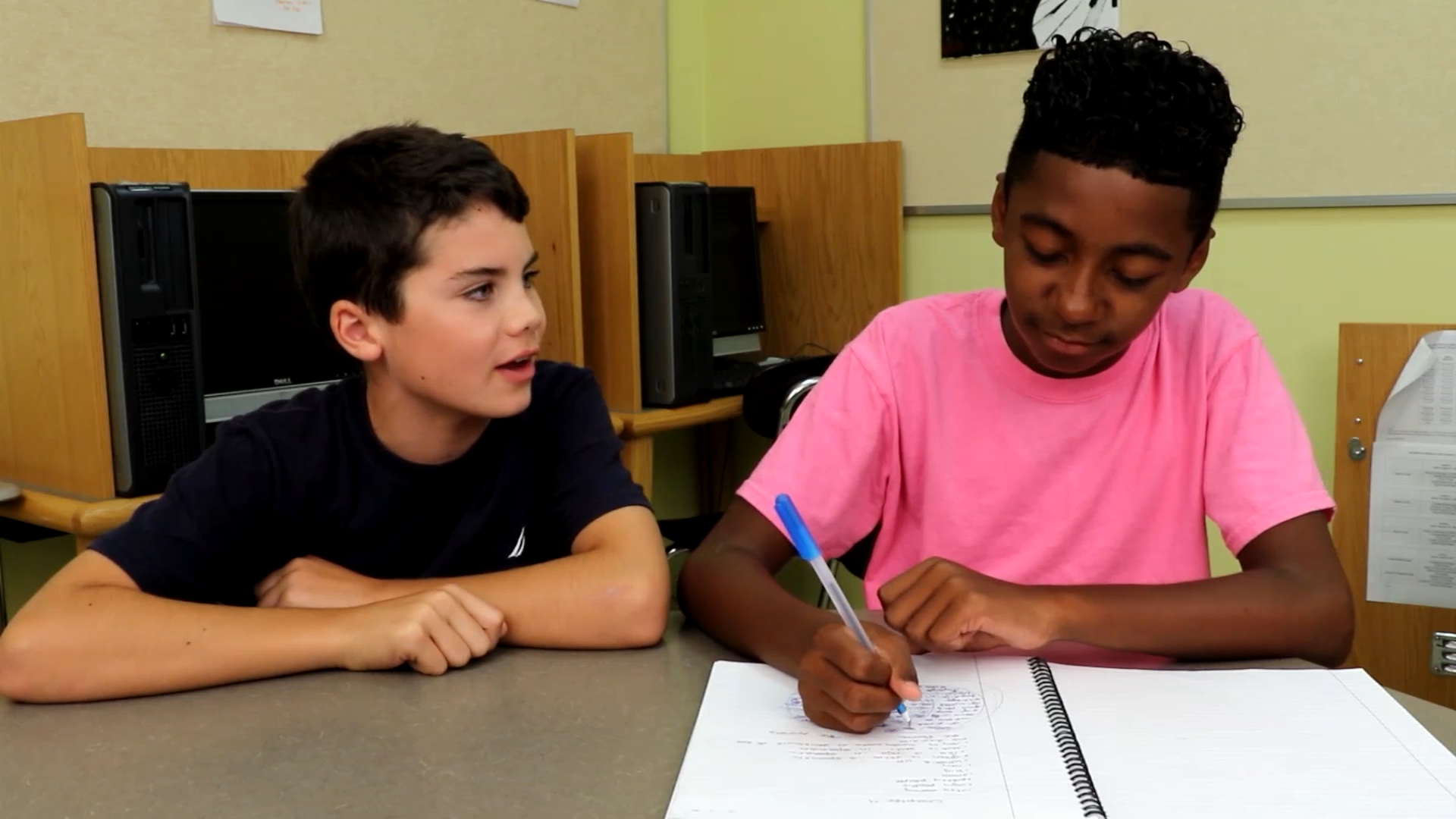
Introduction
It’s not uncommon for people to communicate their desires or intentions indirectly, especially when they feel uncomfortable asking directly. High school students often encounter situations where they need to decode indirect communication, and developing this skill can greatly improve their social interactions. In this blog post, we will explore a no-prep activity designed to help students understand and respond to indirect messages, followed by a set of discussion questions to deepen their learning. We will also touch on related skills and provide resources for educators to further support their students.
No-Prep Activity: Indirect Message Role-Play
This activity requires no preparation or materials, and it’s a fun and engaging way for students to practice decoding indirect messages. Begin by dividing the class into small groups of 3-4 students. Assign each group a scenario in which one student has to communicate something indirectly to the others. The scenarios can be simple, such as asking for a pencil without directly saying it, or more complex, like hinting at wanting to be invited to a social event. The students then act out the scenario, with one student being the indirect communicator and the others trying to decode the message. After the role-play, have the groups discuss their experience and reflect on the challenges and successes they encountered in decoding the indirect communication.
Discussion Questions
- Why do people sometimes choose to communicate indirectly rather than directly? What are some situations where indirect communication might be more comfortable or appropriate?
- What are some common signs or cues that someone is trying to communicate something indirectly? How can we become more attuned to these cues?
- How can improving our ability to understand indirect communication impact our relationships and social interactions? Can you think of a situation where decoding an indirect message led to a positive outcome?
- What challenges did you face in the role-play activity when trying to decode the indirect messages? How did you overcome these challenges?
- How can we support others in becoming more comfortable with direct communication when appropriate? What strategies can we use to encourage open and honest dialogue?
Related Skills
Beyond decoding indirect communication, there are several other related social-emotional skills that can help students thrive in their interactions with others. These include:
- Active listening: Paying close attention to what others are saying and responding thoughtfully, demonstrating empathy and understanding.
- Nonverbal communication: Interpreting and using body language, facial expressions, and tone of voice to convey meaning and emotions.
- Assertiveness: Expressing one’s needs, wants, and feelings in a respectful and confident manner, while also considering the needs of others.
- Conflict resolution: Identifying and addressing disagreements or misunderstandings, working collaboratively to find a solution that satisfies all parties involved.
Next Steps
As educators, it’s crucial to provide opportunities for students to develop their social-emotional skills, including understanding indirect communication. To help you support your students in this journey, we encourage you to sign up for free samples of skill-building activities and resources at Everyday Speech. These materials are designed to engage students and facilitate meaningful discussions, empowering them to navigate the complexities of social interactions with confidence.

